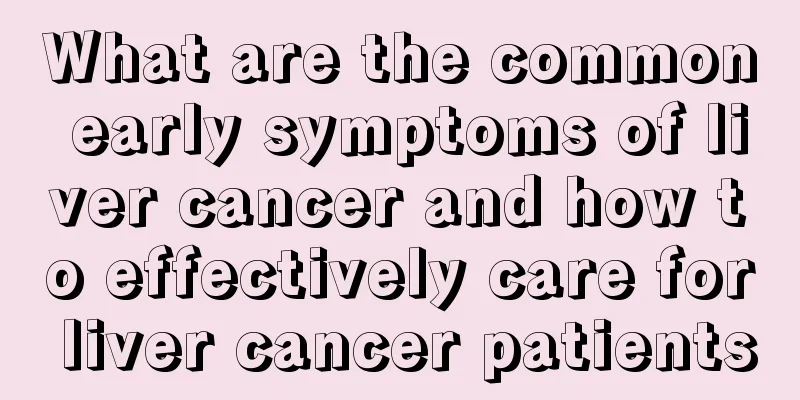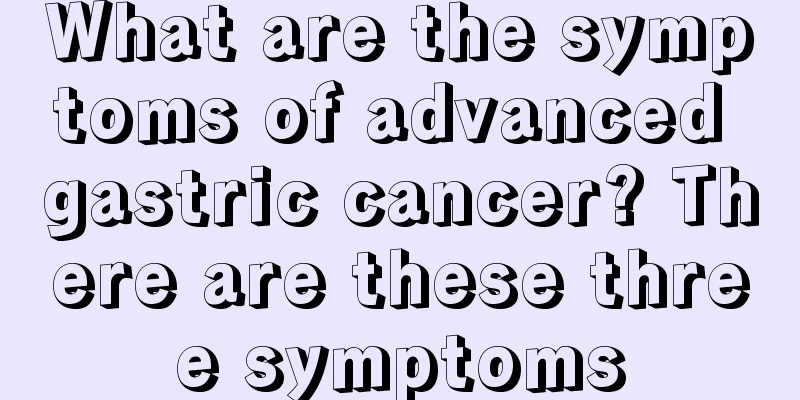Cardiac cancer surgery

|
The surgical efficacy of cardia cancer is worse than that of esophageal cancer. The resection rate of the three major groups in China is 73.7% to 82.1%, and the resection mortality rate is 1.7% to 2.4%. The 5-year survival rate of the three major groups is 19.0% to 24.0%, and the 10-year survival rate is 8.6% to 14.3%. The main factors affecting the long-term survival of cardiac cancer are whether there is lymph node metastasis, whether the tumor infiltrates the serosa, and the nature of resection (radical or palliative). The international TNM staging of cardiac cancer is also an effective indicator for predicting patient outcomes because it combines the first two variable factors. There are increasing reports of cancer in the gastric stump after distal gastrectomy. The incidence rate is 0.55% to 8.9%, of which 16.4% to 58.5% occur in the cardia, and the incidence rate of gastric stump cardia cancer is 1.5% to 2.7% among all cardia cancers. The combination of traditional Chinese medicine and surgical treatment of cardiac cancer has a very good effect. Since cardiac cancer is almost ineffective against radiotherapy and chemotherapy is not very effective, the use of traditional Chinese medicine for cardiac cancer after surgery is widely used in clinical practice. Treatment based on syndrome differentiation: 1. Phlegm stagnation type: mainly manifested by difficulty in eating, vomiting phlegm, fat tongue and greasy tongue coating; 2. Blood stasis and internal obstruction type: Symptoms include difficulty eating, swallowing pain, vomiting blood, black stools, dry mouth, fullness under the heart, dark purple tongue, and stringy or astringent pulse; 3. Deficiency of vital energy type: The main symptoms are anemia, fatigue, palpitations, sweating, and poor appetite. Immunotherapy for Cardiac Cancer: 1. Activate immune cells such as phagocytes, natural killer cells, and harmful T cells, and induce the secretion of cytokines such as interleukin, interferon-γ, and tumor necrosis factor-α. 2. Induce apoptosis of cancer cells. 3. Used in combination with traditional chemotherapy drugs (mitomycin, carmustine, etc.), it can not only increase the efficacy of the drugs, but also reduce the toxic side effects during chemotherapy. 4. It has a synergistic effect with immunotherapy drugs (interferon-α2b). 5. Alleviate pain, increase appetite and improve the quality of life of patients with advanced cancer. Postoperative care measures: 1. Keep the gastrointestinal decompression tube unobstructed; a small amount of blood drained out 24 to 48 hours after surgery should be considered normal. If a large amount of blood is drained, the doctor should be notified immediately. The gastrointestinal decompression tube should be retained for 3 to 5 days to reduce the tension of the anastomosis and facilitate healing. Pay attention to the accurate connection of the gastric tube, firm fixation, prevention of dislocation, and smooth drainage. 2. Closely observe the amount and nature of chest drainage; if abnormal bleeding, turbid fluid, food residues or chyle are found in the chest drainage fluid, it indicates active bleeding, esophageal anastomotic fistula or chylothorax in the chest cavity, and appropriate measures should be taken to make a clear diagnosis and treat it. If there is no abnormality, the drainage tube should be removed 1 to 3 days after surgery. 3. Strictly control diet; the esophagus lacks a serosal layer, so the anastomosis heals slowly. Strictly fast and abstain from water after surgery. During the fasting period, intravenous fluid is replenished daily. For patients with a duodenal dropper, nutrient solution can be dripped through the catheter after intestinal peristalsis is restored on the second day after surgery to reduce the amount of infusion. On the fifth day after surgery, if there is no special change in the condition, milk can be taken orally, 60ml each time, every 2hl. During the interval, an equal amount of boiled water can be given. If there is no adverse reaction, the amount can be increased day by day. On the 10th to 12th day after surgery, a residue-free semi-liquid diet should be adopted, but care should be taken to prevent eating too fast and excessively. 4. Observe the symptoms of anastomotic leakage; the clinical manifestations of esophageal anastomotic leakage are high fever, rapid pulse, dyspnea, severe chest pain, unbearable pain, low breath sounds on the affected side, dull percussion sound, elevated white blood cells and even shock. Treatment principles: ① pleural drainage to promote lung expansion, ② selection of effective antibiotics to fight infection, ③ supplementation of sufficient nutrition and calories. Currently, total enteral nutrition (TEN) is often used for feeding through gastrostomy, which has a precise and satisfactory effect. Cardiac cancer: http://www..com.cn/zhongliu/bma/ |
<<: Analysis of the reasons for the spread of lung cancer
>>: What are the postoperative care measures for cardiac cancer?
Recommend
What items should be checked for teratoma
Teratoma is a very harmful disease. The incidence...
Which should I do first, aerobic or strength training?
Everyone has different purposes for exercising, s...
The correct way to apply double-ended mascara
I believe that many of my friends now are putting...
How to treat renal cancer after removing one kidney
How to treat kidney cancer after removing one kid...
What to do if you have skin herpes zoster
Shingles is a relatively common skin disease caus...
What is the process of atherosclerosis
Atherosclerosis is a common cardiovascular diseas...
What are the treatment options for liver cancer? Six major liver cancer treatment options are recommended
Treatments for liver cancer vary. This depends on...
Psychological care for patients with tongue cancer before and after surgery
Many people think that they will not live long if...
How long can you live after surgery for advanced gastric cancer
This question cannot be generalized. It depends o...
What's wrong with the swollen neck muscles
The neck is also an important part of the human b...
What are the symptoms of shrimp allergy?
In fact, many of our friends are allergic to seaf...
What should a super shopaholic do
Many people's enthusiasm for shopping has rea...
What are some clever ways to get rid of crow’s feet?
No matter how beautiful a woman is, if wrinkles a...
Can you still live in a house with termites?
Termites are mostly found in dark and humid place...
Paroxysmal dystonia
Paroxysmal dystonia is a relatively common muscle...









